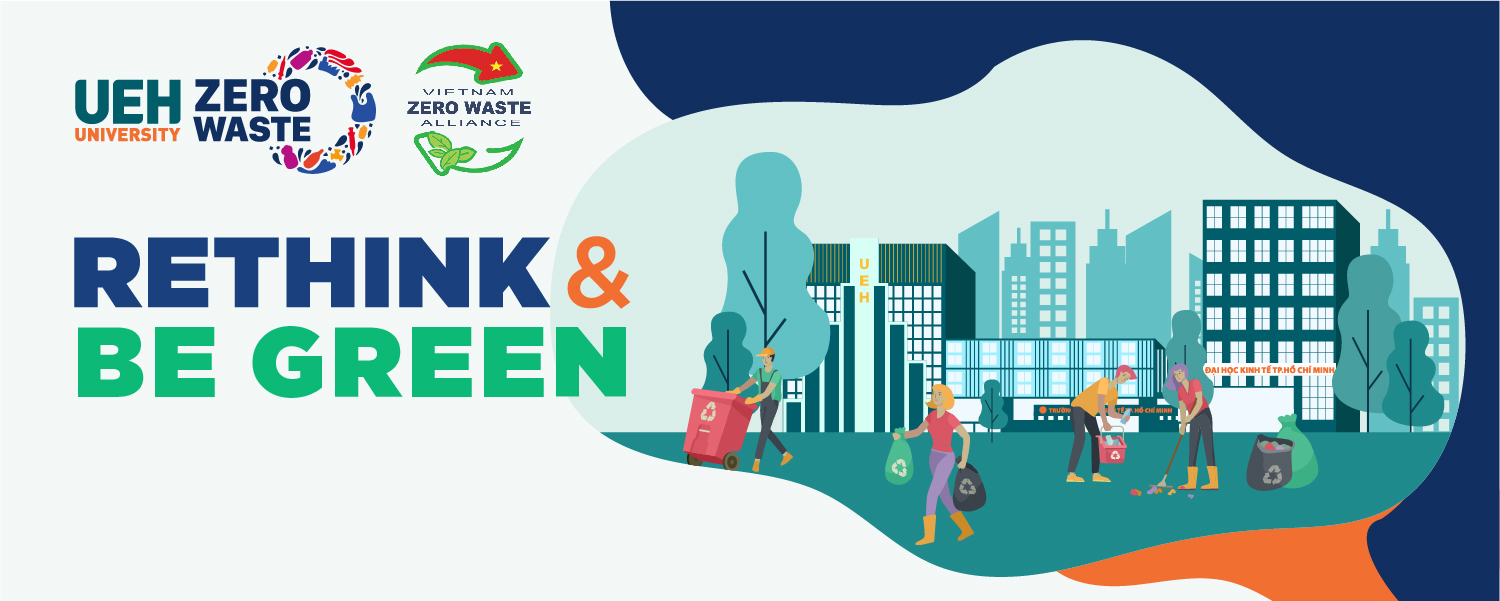
UEH Zero Waste Campus: Reduce – Second Step in Practicing a Zero-Waste University Practice
24 Dec, 2021
One social problem of the 21st century is to be against Convenience Consumption Culture. A lot of products, just used once, are quickly put in the trash and taken to the landfill. That is to say, the problem is not about buying the product - it's about learning how to reduce wasteful consumption at home, work or university to bring about a cleaner and greener environment. More specifically, UEH Zero Waste Campus Living Lab Project wishes to actively empower people to take action to become green UEHer citizens. After the first important step is to properly classify garbage and to put it in the correct collection location, we will practice together Reduce - the first R in 3R model to together move forward zero waste lifestyle. This article will provide some tips so that everyone can reduce waste directly in the environment in which they live.
Zero-waste practice at UEH – 3R model
Role of Reduce step
Reduce plays an equally important role as the step of sorting garbage and placing it in the correct collection location in accordance with regulations in sustainable waste management process. Reduce step actually means that each person has to change their consumption habits to reduce the amount of use. To successfully implement Reduce step, you need to actively implement two phases: (1) Use in case of necessity and (2) Reduce personal demand. 1st stage – Using in case of necessity means you need to think carefully before deciding to use, that is, only use/buy the product when you really need it in order to reduce emissions. When successfully implementing 1st stage, 2nd stage will be a step forward, which is to change/replace your actual needs to use products towards zero emissions to the environment.
Reducing waste will absolutely bring a lot of benefits and here are some typical benefits:
- First, you will definitely save money. When considering carefully before buying a certain product, you can avoid over-buying and non-environmental goods, consequently, saving a small amount of money to use for other things.
- Next, emissions will be reduced as well as pollution will be prevented by reducing the need to exploit new raw materials. Reducing the purchase of new household items also means that manufacturers do not need to produce much; of course, they do not need to exploit raw materials to serve production.
- Reducing the amount of waste needs to be recycled or sent to landfills and incinerators: as mentioned above, Reduce step plays a very important role because it determines the amount of waste that is released into the environment. If you can reduce, less waste will be generated and the landfill will not be overloaded.
- Helping to maintain the environment for future generations: there is no denial that the earth is increasingly littered with up to 2.01 billion tons of waste generated every year around the world, our environment is being damaged and threatened. Save money today to protect the environment for future generations.
Reduce in daily life
Reduce step should be conducted wherever there is a human footprint, which can be in the place of living, school, office or anywhere where entertainment activities take place and so on. There are many ways to reduce household waste at home, starting from simple and easy things to do. By adapting your thinking creatively, your impact on the environment (and, possibly, your wallet) can be reduced significantly by:
- Avoiding single-use plastics: cups, cups, napkins and use glass products;
- Always keeping a canvas bag in motorbike or car trunk; being sure to use it for shopping, visiting convenience stores or other places to shop;
- Buying household necessities that are enough for a certain period of time; saving money and reducing packaging and bags;
- Using reusable waste containers, instead of plastic garbage bags;
- Signing up for digital invoices, instead of paper invoices;
- Using cloth napkins, instead of paper towels.
Reduce at office
It goes without saying that the workplace is one place that generates a lot of waste whereas daily activities at the office (eating, printing, documents and so on) can generate a rather large amount of garbage. Implementing savings in the workplace will not be difficult at all, each person can contribute to this process because today's technology has greatly facilitated printing and announcements and so on. Some activities can help employees reduce waste as follows:
- Taking notes on a shared whiteboard, instead of paper;
- Printing documents in case of absolute necessity;
- Using applications and electronic formats to take notes, instead of using a whiteboard and pen;
- Reducing single-use plastic bottles and cups by using personal take-away water bottles;
- Reducing office bought-out lunches from single-use plastic waste with meals brought from home.
Reduce tại UEH
UEH Zero-Waste Campus Living Lab Project is the 1st living laboratory model of a Zero-waste school. With the desire to direct UEH students, officials and partners towards an environmentally-friendly green lifestyle through training, research, operation, university administration and community connection. In addition to sorting waste at the source and keeping it at the correct collection location in accordance with regulations, Reduce step at UEH is also an important part of sustainable waste management process.
- Prioritizing the use of electronic books, instead of paper books;
- Prioritizing buying goods packaged with paper, instead of recycled packaging;
- Refusing unnecessary purchases;
- Minimizing the use of foods; listing as: snacks, cakes, candies, instant noodles packaged in single-use plastic;
- Preparing your own breakfast and lunch items to avoid buying food from outside in single-use packaging.
In summary, the implementation related to Reduce step in 3R model will help reduce a significant amount of waste into the environment, by referring to the tips above and implementing them at home, work and at school, you have completed your part to protect our environment and ecosystem. Join us in actively practicing and spreading the success of Reduce through two steps: (1) Use in case of absolute necessity in order to reduce emissions and (2) Reduce demand to move towards zero emissions.
Further information regarding 1st step in practicing a Zero-waste University: Waste separation here
References
https://www.epa.gov/recycle/reducing-and-reusing-basics#benefits
https://chariotenergy.com/chariot-university/reduce-waste-at-home/
https://loadingdock.org/redo/Benefits_of_Reuse/body_benefits_of_reuse.html
https://www.onegreenplanet.org/lifestyle/home-items-you-can-reuse-over-and-over-again/
Collected and Edited: Department of Marketing – Communication
Professional consultancy: Institute of Smart Cities & Management (ISCM), Economy & Environment Partnership for Southeast Asia (EEPSEA)


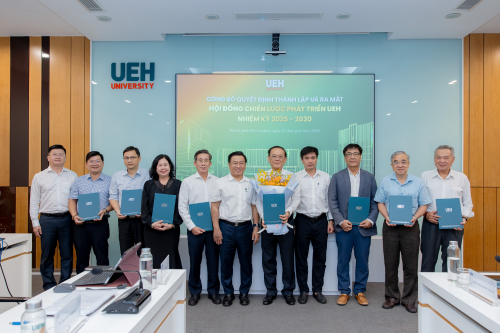
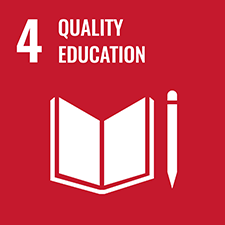
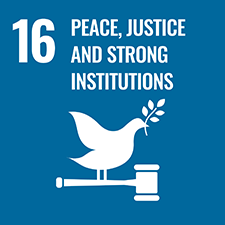
![[Research Contribution] Climate Adaptation and Ownership Structure: Determinants of Global Bank Performance](/images/upload/thumbnail/ueh-thumbnail-639024479352054880.png)
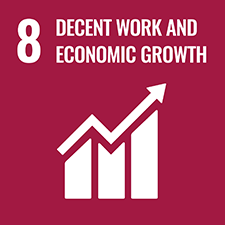
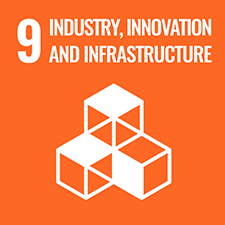
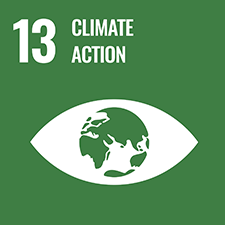
![[Research Contribution] Wage or Survival Fee? A New Perspective on Provincial Minimum Living Wages in Vietnam](/images/upload/thumbnail/ueh-thumbnail-639024468410266657.png)
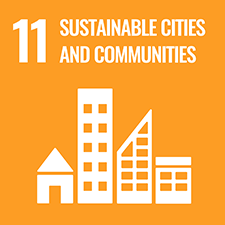
![[Research Contribution] A Model for Assessing the Impact of Accounting Data Analytics on Sustainable Information Presentation in the Public Sector](/images/upload/thumbnail/ueh-thumbnail-639024469396621767.png)
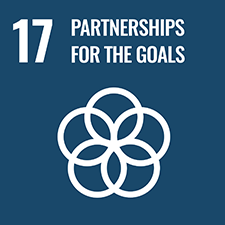
![[Research Contribution] A Strategy for Engaging Stakeholders to Implement Living Labs for Addressing Urban Issues](/images/upload/thumbnail/ueh-thumbnail-639024459455096821.png)